“Aluminum extrusion applications in transportation extend beyond terrestrial vehicles to the skies and seas. It offers lighter, corrosion-resistant parts for aerospace, automotive, and marine.”
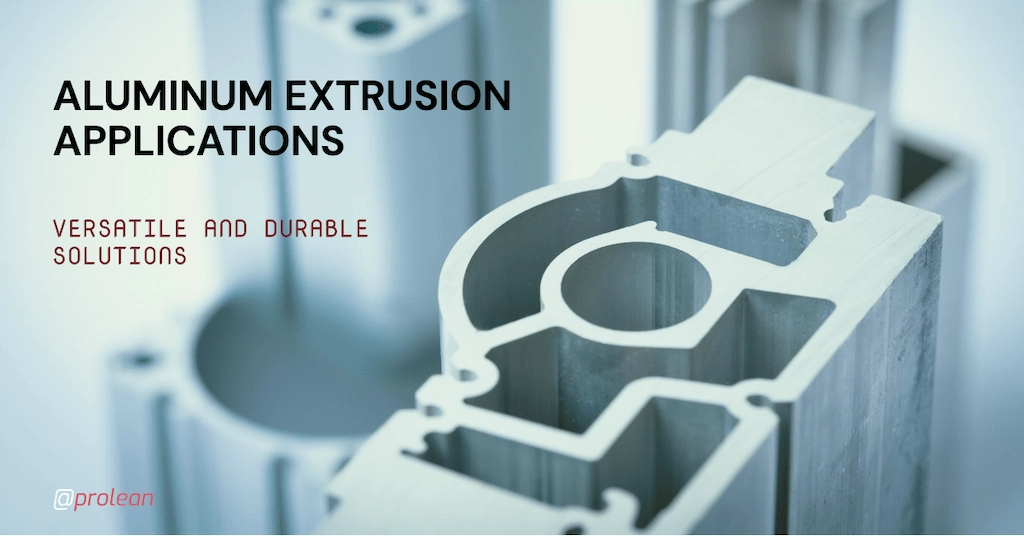
Aluminum is one of the most popular manufacturing materials. Meanwhile, you can find several techniques and methods to process aluminum workpieces into intended functional components, such as CNC machining, sheet metal fabrication, and extrusion. Among these, Aluminum Extrusion Applications stand out for precise and complex aluminum profiles at medium to high-volume production.
This article will discuss various applications of aluminum extrusion, highlighting its importance and ubiquity in today’s industrial sector.
The Fundamentals of Aluminum Extrusion Process
First, What is Aluminum Extrusion? It is a manufacturing technique that reshapes aluminum alloy into definitive objects with specific cross-sectional profiles. This method harnesses the malleable nature of aluminum.
This technique involves forcing a heated aluminum billet through a pre-designed die. The billet, softened by heat, adopts the die’s shape. This process is akin to play-dough being pushed through a mold. It allows for the creation of long, uniform products. These products boast intricate cross-sections not easily achieved by other means.
Table: Aluminum Extrusion Process
| Step | Equipment Used | Importance |
| Choosing Aluminum extrusion die Type & Die Design | CAD software & CNC machine | Initiates process, and shapes profile. |
| Heating | Furnace | Prepares billet for shaping. |
| Extruding | Extrusion press & Die | Shapes with precision. |
| Quenching | The Quenching system | Ensures durability. |
| Stretching | Stretching machine | Improves mechanical properties. |
| Cutting | Saw or CNC tools | Enable further processing. |
| Heat Treating | Heat treatment oven | Finalizes material properties. |
If you want to know more about the process tooling, overview, and advantages, click Aluminium Extrusion Explained: Tooling and Process here.
Now let’s discuss the applications of aluminum extrusions one by one in detail.
Try Prolean Now!
Automotive Applications of Aluminum Extrusion
The suitability of extrusion stems from aluminum’s lightweight and high strength-to-weight ratio. These properties are essential for modern vehicles to reduce weight without compromising safety or performance. Additionally, aluminum resists corrosion, extending the vehicle’s lifespan even in harsh conditions.
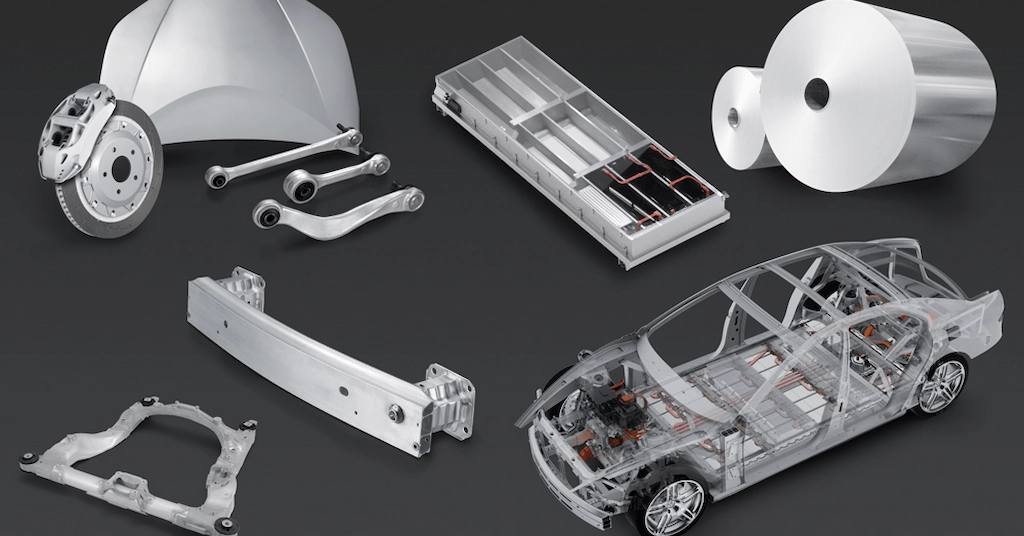
Aluminum extruded automotive parts
Moreover, the flexibility of the aluminum extrusion process supports the automotive industry’s push for innovation. It enables the rapid prototyping of parts, crucial in the fast-paced development cycles of new vehicle models.
Here are examples of automotive applications of aluminum extrusion:
- Chassis components: Forms the vehicle’s structural framework, offering strength and rigidity.
- Crash structures: Absorbs impact energy in collisions, protecting occupants.
- Door beams: Reinforces vehicle doors, enhancing side-impact protection.
- Heat sinks for LED headlights: Dissipates heat, improving light performance and longevity.
- Battery enclosures for EVs: Houses and protects the battery, crucial for electric vehicle safety.
- Seat frames: Provides lightweight support for seating, improving vehicle fuel efficiency.
- Roof rails: Offers structural support and functionality for cargo systems.
- Instrument panel carriers: Serves as the backbone for dashboard components, ensuring stability.
- Suspension components: Enhances vehicle handling and ride comfort.
- Engine mounts: Supports the engine, reducing vibration and noise.
Related: Aluminum CNC Machining in the Automotive Industry – A Case Study
Aerospace Aluminum Extrusion
The demand for materials that combine lightness with strength is paramount in the aerospace industry. Aluminum extrusions meet this demand. It provides a high strength-to-weight ratio critical for aerospace applications. This property significantly reduces the overall weight of aircraft. Here, it is directly linked to fuel efficiency and performance.
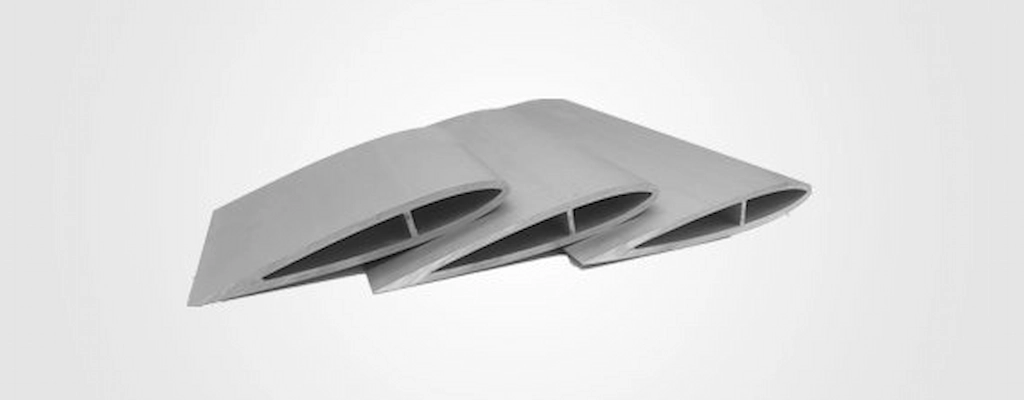
Aerospace aluminum extrusion
Furthermore, the extrusion process facilitates the creation of complex, precise shapes into a single component, simplifying assembly and reducing the number of parts needed. Moreover, the versatility of aluminum extrusion processes aligns perfectly with the aerospace industry’s requirements for customized parts. This customization extends the possibilities for innovation in airframe and engine designs.
Table: Aerospace Aluminum Extrusion Applications
| Application | Description | Importance |
| Airframe structures | Extruded profiles for fuselage, wings, and support beams. | Enhances aircraft strength and aerodynamics. |
| Engine components | Components for engines, including mounts and housing. | Improves engine efficiency and cooling. |
| Seat tracks and frames | Aluminum extrusions for passenger and crew seating. | Offers lightweight, durable seating options. |
| Door and window frames | Frames that outline aircraft doors and windows. | Provides structural integrity and safety. |
| Fuel and hydraulic lines | Precision-extruded tubes for fuel and hydraulic systems. | Ensures reliable fluid transport. |
Aluminum Extrusion Applications in the Electronics Industry
Aluminum is an ideal material for managing the heat generated by electronic devices. The extrusion process allows for complex, precise shapes with high dimensional accuracy, enabling the design of components that can efficiently dissipate heat while fitting into the compact spaces of electronic assemblies. (Thermal conductivity of aluminum: 237 W m−1 K−1)
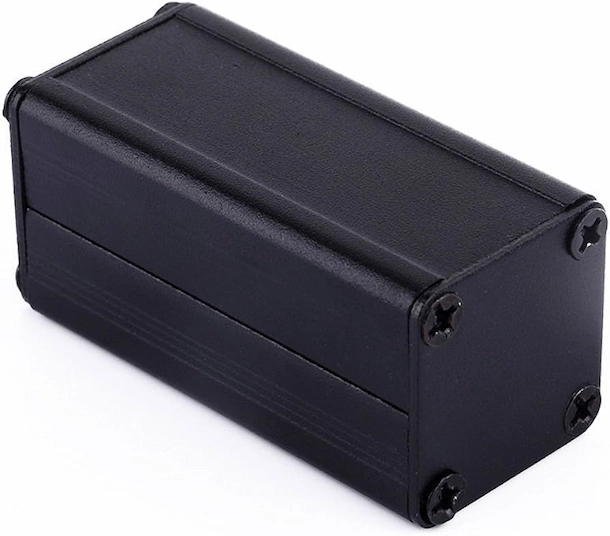
Aluminum extruded enclosure
Furthermore, the versatility of aluminum extrusion supports the fast-paced innovation inherent in the electronics sector. It is suitable for cost-effective solutions for prototyping and mass production of parts with consistent quality.
Here are the examples of aluminum extrusion applications in the electronics industry:
- Heat sinks for CPUs and GPUs
- Enclosures for electronic devices
- Frames for LED panels
- Racks for server and networking equipment
- Housings for power supplies
- Chassis for electronic instruments
- Cooling bodies for high-power electronics
- Railings for mounting electronic components
- Structural components for robotics
- Bezels for monitors and displays
Related: Aluminum CNC Machining in Consumer Electronics – A Case Study
Medical Applications of Aluminum Extrusion
This material’s inherent corrosion resistance and ease of sterilization are crucial for ensuring patient safety and equipment longevity. Furthermore, the lightweight nature of aluminum reduces the physical strain on healthcare providers when moving medical equipment.
Furthermore, its versatility enables any customization to meet the specific needs of medical devices and infrastructure. Its adaptability facilitates the development of components that can withstand the demanding environments of hospitals and clinics, including exposure to chemicals and continuous use. The following are notable examples of aluminum extrusion applications in the medical industry:
- Frames for hospital beds
- Rails and brackets for patient monitoring devices
- Handles and bars for mobility aids
- Casings for medical instruments
- Structural components for surgical tables
- Tracks for medical curtains
- Enclosures for laboratory equipment
- Frames for wheelchair ramps
Try Prolean Now!
Aluminum Extrusion in Consumer Goods
Aluminum extrusion balances durability, design flexibility, and environmental responsibility, making it indispensable in consumer goods manufacturing. Furthermore, the adaptability of aluminum extrusion processes enables the creation of products with enhanced functionality and aesthetic appeal. Meanwhile, it facilitates the mass production of components, ensuring consistency and quality across products.
Application examples in consumer goods include:
- Frames for bicycles and scooters
- Components for camping equipment
- Handles for tools and kitchenware
- Furniture frames
- Lighting fixtures
- Sports equipment
- Luggage frames
- Frames for glasses and sunglasses
- Decorative trims for home appliances
- Garden tools
Aluminum Extrusion vs. Aluminum CNC Machining
When comparing aluminum extrusion and CNC machining, it’s crucial to understand their distinct advantages and applications. Aluminum extrusion is renowned for its ability to produce long, uniform sections with complex cross-sectional shapes. This process is highly efficient for mass-producing specific profiles, making it cost-effective for large volumes. Therefore, it is suitable for complex-profile applications where the strength and lightweight properties of aluminum are essential.
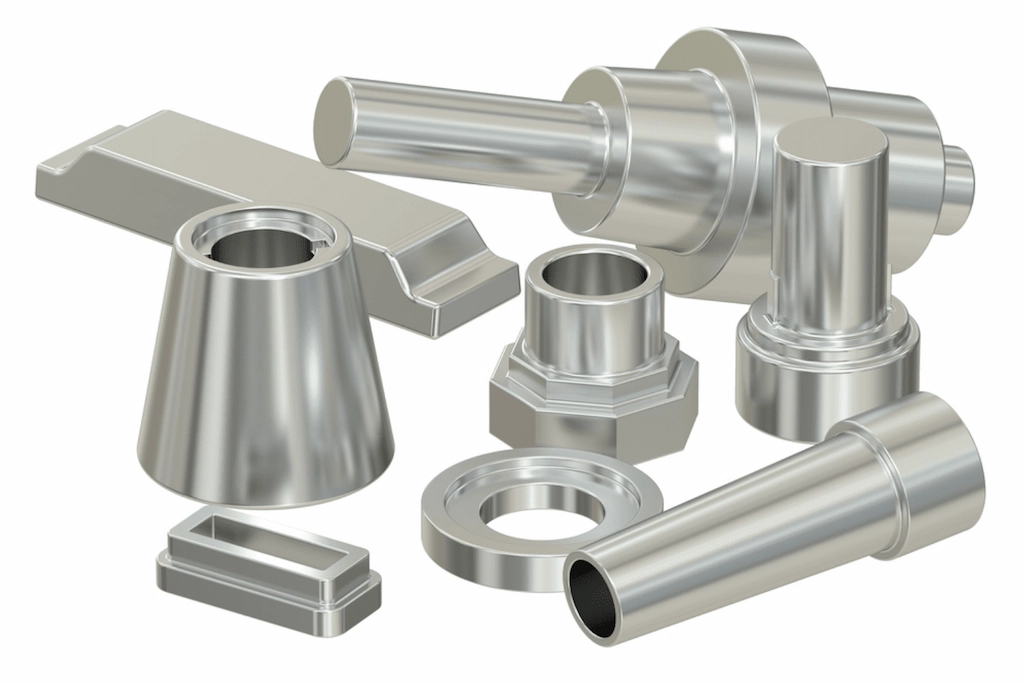
CNC-machined aluminum parts
On the other hand, aluminum CNC machining is a subtractive process where the material is removed from a solid block to achieve the desired shape, allowing for intricate details and tight tolerances. It excels in creating parts with high precision and complex geometries.
Table: Aluminum CNC Machining Vs Aluminum Extrusion
| Application | Aluminum Extrusion | Aluminum CNC Machining |
| Structural Frames | ✓ | |
| Precision Components | ✓ | |
| Heat Sinks | ✓ | ✓ |
| Custom Enclosures | ✓ | ✓ |
| Aerospace Components | ✓ | |
| Automotive Body Parts | ✓ | |
| Intricate Machinery Parts | ✓ | |
| Architectural Details | ✓ | |
| Prototyping | ✓ | |
| Electronics Housings | ✓ | ✓ |
Furthermore, different aluminum grades for CNC machining are ideal for low to medium-volume productions and can accommodate a wide range of design changes with minimal setup changes. This method is perfect for applications requiring precise dimensions, complex internal features, or specific surface finishes.
Related: Advantages & Disadvantages of Aluminum Extrusion
Aluminum Extrusion vs. Aluminum Sheet Metal Fabrication
Aluminum extrusion and aluminum sheet metal fabrication are two distinct manufacturing, each with unique strengths and suited for different applications. Aluminum extrusion is known for its ability to create complex profiles with uniform cross-sections. It is also cost-effective for high-volume production runs, as the initial tooling costs cover a large number of units.
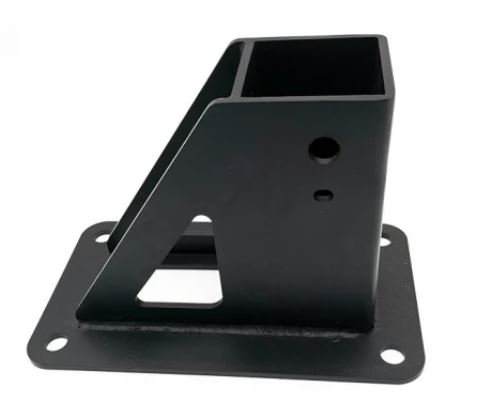
sheet metal aluminum prototype
In contrast, aluminum sheet metal fabrication involves cutting, bending, and assembling flat aluminum sheets into desired shapes and sizes. This versatile process is perfect for creating a wide range of products, from simple brackets to intricate machinery enclosures. Sheet metal fabrication allows for significant flexibility in design, including parts with various features like bends, holes, and other complex geometries.
Table: Aluminum Sheet Fabrications Vs Extrusion
| Application | Aluminum Extrusion | Aluminum Sheet Metal Fabrication |
| Structural Framing | ✓ | |
| Custom Enclosures | ✓ | |
| Aerospace Components | ✓ | ✓ |
| Automotive Frames | ✓ | |
| Electrical Conduits | ✓ | |
| Machinery Parts | ✓ | |
| Architectural Details | ✓ | ✓ |
| Heat Sinks | ✓ | |
| Signage | ✓ | |
| Marine Hardware | ✓ |
Related: Benefits of Aluminum Fabrication in Prototyping
Custom Aluminum Extrusion Manufacturing
It caters to the unique needs of industries requiring specific profiles not available in standard extrusions. The custom aluminum extrusion manufacturer can process tailor-made designs that precisely fit the application’s requirements.
This extrusion variation is ideal for projects where unique shapes, sizes, or features are critical for the product’s functionality or aesthetic appeal.
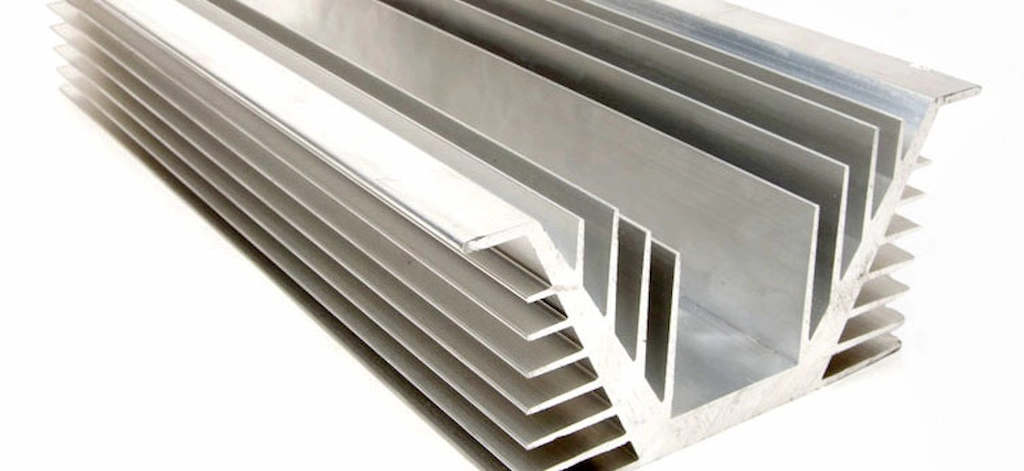
Custom aluminum extrusion part
Moreover, customization is invaluable for industries looking to optimize product design for performance, durability, or cost-effectiveness. It supports a large domain of applications, from simple to complex profiles, offering solutions that standard extrusions cannot provide.
Custom aluminum extrusion examples include:
- Unique architectural trims and moldings
- Specialized heat sinks for advanced cooling systems
- Custom frames for solar panels and renewable energy systems
- Tailored structural components for aerospace and automotive industries
- Bespoke railings and support for construction projects
- Precision profiles for medical devices and equipment
- Innovative designs for consumer electronics enclosures
- Customized channels and tracks for industrial machinery
- Unique cross-sections for marine applications
Related: CNC Machining Heat Sink VS Aluminum Extrusion
Try Prolean Now!
Get your Aluminum Extrusion Parts from Prolean for Any Applications
Achieving the perfect match of application requirements with aluminum extrusions required several considerations and advanced machinery. At ProleanTech, we have a dedicated team to handle your extrusion project. Firstly, our engineers closely work with clients to understand their needs, and the production unit processes the manufacturing accordingly.
Our Aluminum Extrusion Services deliver high-quality, precision-engineered aluminum extrusions tailored to your specific needs. With state-of-the-art technology and a commitment to excellence, we ensure that each part meets the highest standards of strength, durability, and performance.
Leverage Prolean’s extensive capabilities for your upcoming project. Our aluminum extrusion services cater to diverse industries, including aerospace, construction, and electronics, ensuring versatility and adaptability.
Read more:
Summing Up
Aluminum extrusion applications are vast and varied, infiltrating every corner of modern industry and daily life. They combine excellent strength, flexibility, and lightness. As a result, this technique is indispensable in different applications across industries. Furthermore, the potential for new aluminum extrusion applications seems limitless, promising a high strength-to-weight ratio.
FAQs
Q-1. Why is aluminum preferred for extrusion?
Aluminum is preferred for its lightweight, strength, and corrosion resistance, making it ideal for various applications.
Q-2. Can aluminum extrusions be recycled?
Yes! Aluminum extrusions are highly recyclable, contributing to environmental sustainability.
Q-3. Are aluminum extrusions cost-effective?
Given their durability and the efficiency of the extrusion process, aluminum extrusions are a cost-effective solution for many projects.
Q-4. How does the strength of aluminum extrusions compare to steel?
While steel is generally stronger, aluminum extrusions offer a better strength-to-weight ratio. Therefore, it is ideal for applications where weight is a concern.
Q-5. Can aluminum extrusions be customized?
Yes! One of the key advantages of aluminum extrusion is the ability to create custom profiles for specific applications.
Q-6. Are there any limitations to using aluminum extrusions? While versatile, aluminum extrusions may not be suitable for extremely high-stress applications without proper alloy selection and design considerations.
Resources
- Minz, S., & Rao, P. S. (2018). Review Paper On Extrusion Of Al-Alloy Series. 4, 589-595. Retrieved from https://www.researchgate.net/publication/339659308_Review_Paper_On_Extrusion_Of_Al-Alloy_Series
- Acharya, D. (2024). Silicone injection molding: Process, advantages, and applications. ProleanTech. Retrieved from https://proleantech.com/silicone-injection-molding/

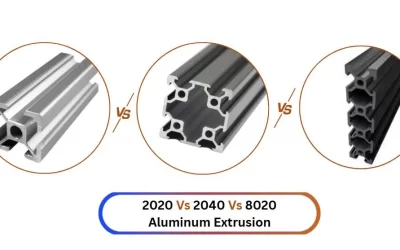
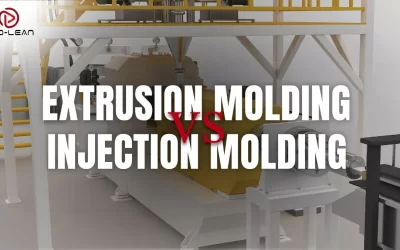
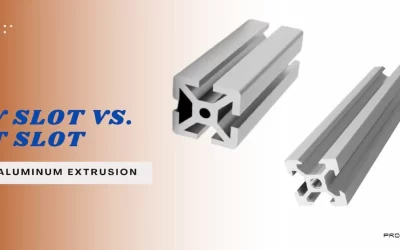
Thanks, information’s are so nicely gathered. Can I extrude 7XX series aluminum alloys?
Yes, 7XX series aluminum alloy (like 7075) can be extruded, though they require high pressures and specific equipment. Typically, structural components, aircraft parts, and precision machining tools are made with these alloys.